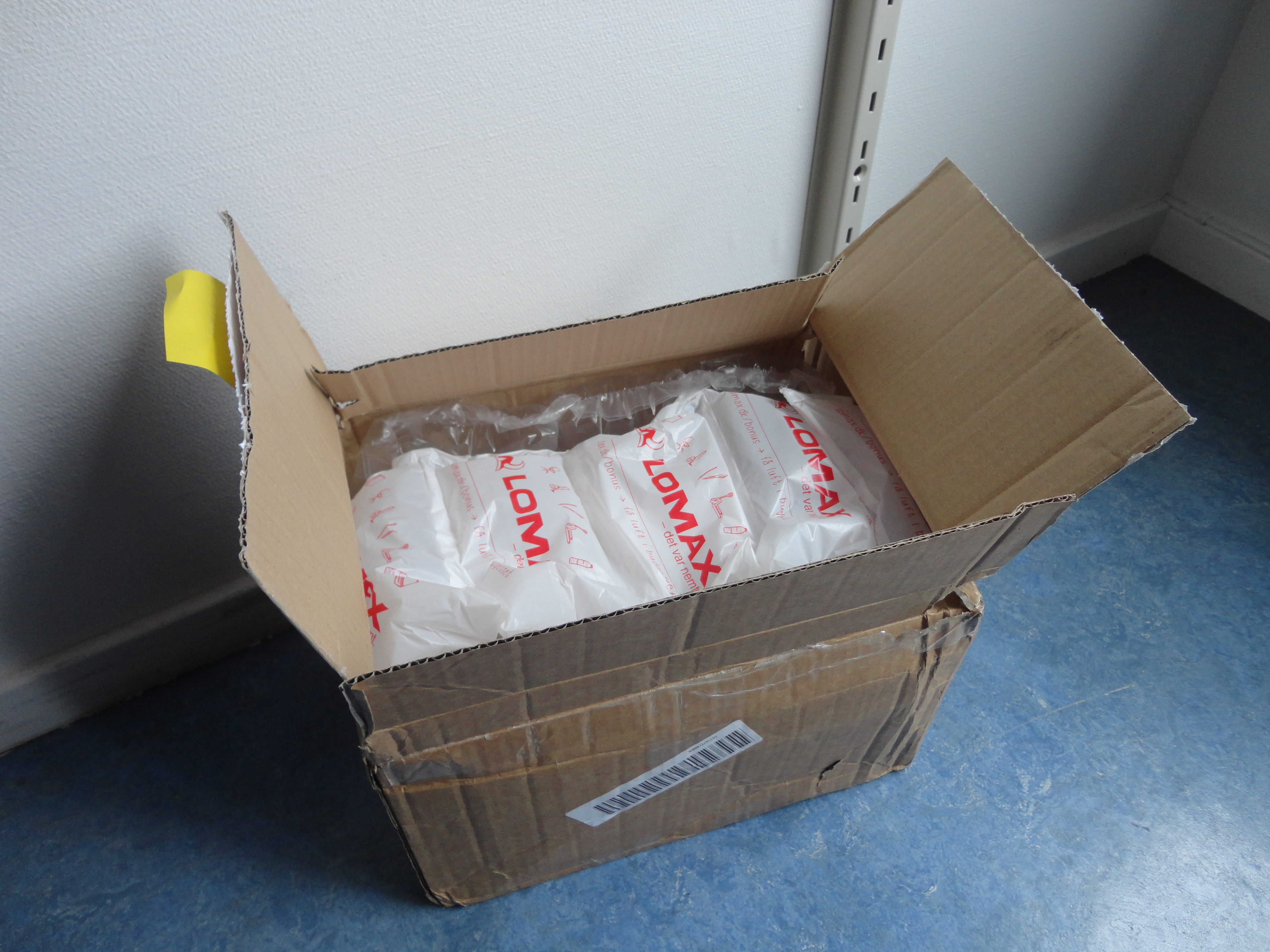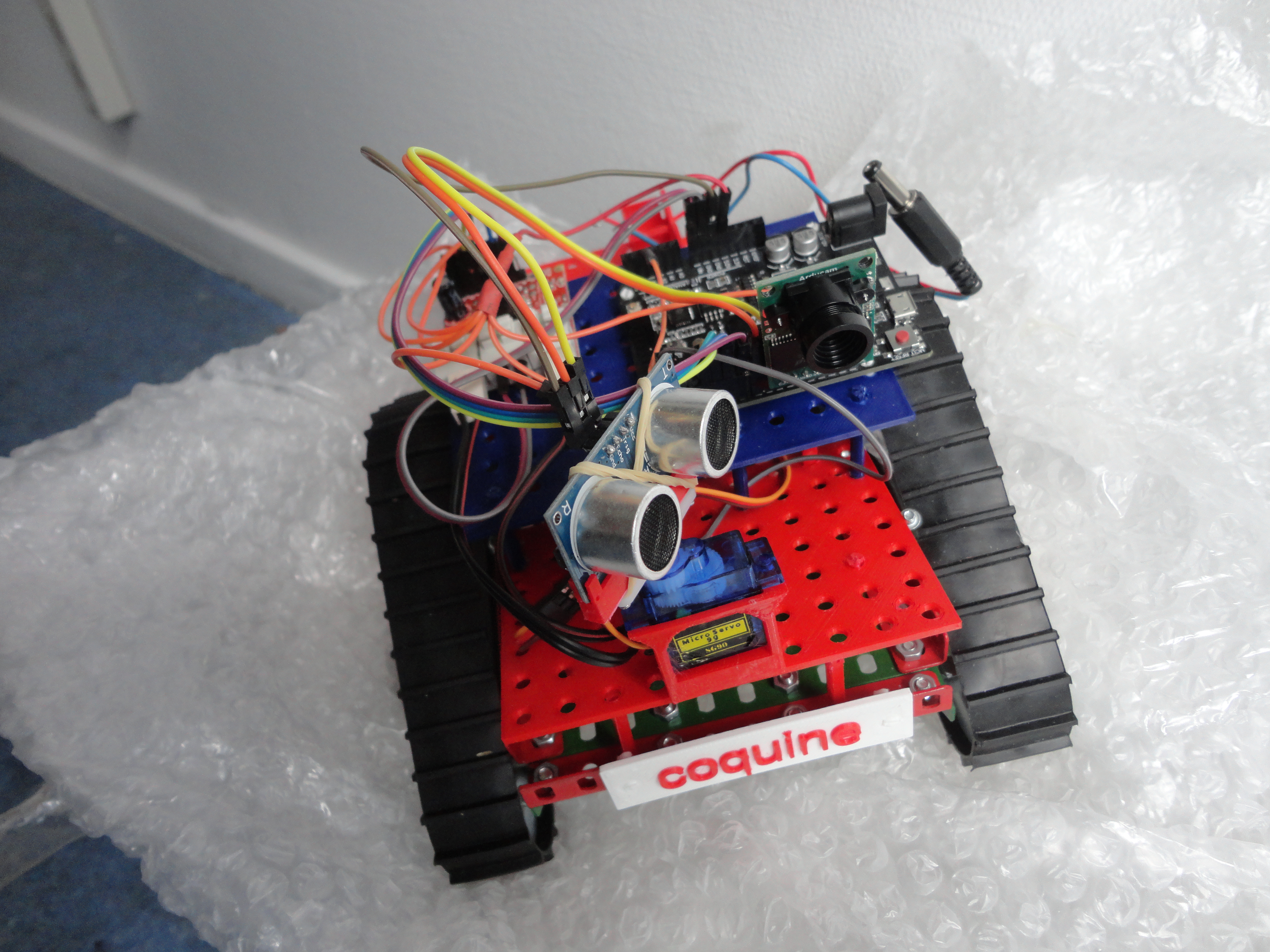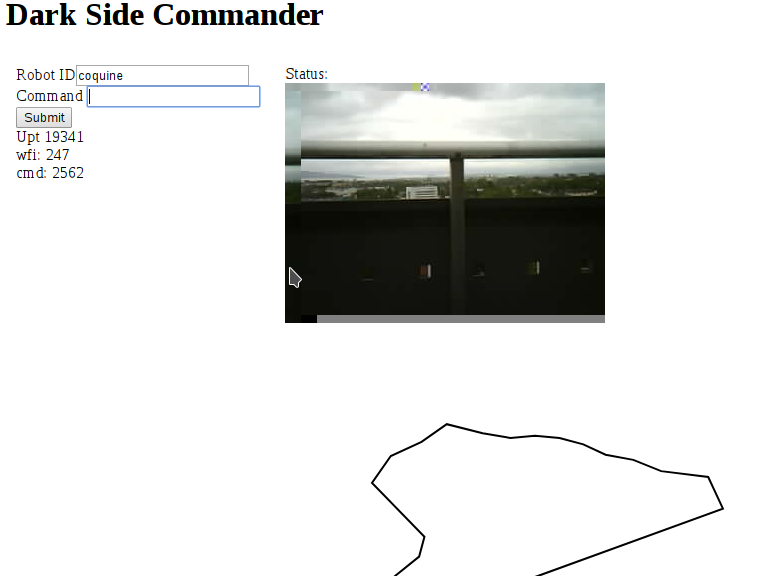+
While working on a CNC with servo motors controlled by the
+LinuxCNC
+PID
+controller, I recently had to learn how to tune the collection of values
+that control such mathematical machinery that a PID controller is. It
+proved to be a lot harder than I hoped, and I still have not succeeded
+in getting the Z PID controller to successfully defy gravity, nor X
+and Y to move accurately and reliably. But while climbing up this
+rather steep learning curve, I discovered that some motor control
+systems are able to tune their PID controllers. I got the impression
+from the documentation that LinuxCNC were not. This proved to be not
+true.
+
+
The LinuxCNC
+pid
+component is the recommended PID controller to use. It uses eight
+constants Pgain, Igain, Dgain,
+bias, FF0, FF1, FF2 and
+FF3 to calculate the output value based on current and wanted
+state, and all of these need to have a sensible value for the
+controller to behave properly. Note, there are even more values
+involved, theser are just the most important ones. In my case I need
+the X, Y and Z axes to follow the requested path with little error.
+This has proved quite a challenge for someone who have never tuned a
+PID controller before, but there is at least some help to be found.
+
+
I discovered that included in LinuxCNC was this old PID component
+at_pid claiming to have auto tuning capabilities. Sadly it had been
+neglected since 2011, and could not be used as a plug in replacement
+for the default pid component. One would have to rewriting the
+LinuxCNC HAL setup to test at_pid. This was rather sad, when I wanted
+to quickly test auto tuning to see if it did a better job than me at
+figuring out good P, I and D values to use.
+
+
I decided to have a look if the situation could be improved. This
+involved trying to understand the code and history of the pid and
+at_pid components. Apparently they had a common ancestor, as code
+structure, comments and variable names were quite close to each other.
+Sadly this was not reflected in the git history, making it hard to
+figure out what really happened. My guess is that the author of
+at_pid.c
+took a version of
+pid.c,
+rewrote it to follow the structure he wished pid.c to have, then added
+support for auto tuning and finally got it included into the LinuxCNC
+repository. The restructuring and lack of early history made it
+harder to figure out which part of the code were relevant to the auto
+tuning, and which part of the code needed to be updated to work the
+same way as the current pid.c implementation. I started by trying to
+isolate relevant changes in pid.c, and applying them to at_pid.c. My
+aim was to make sure the at_pid component could replace the pid
+component with a simple change in the HAL setup loadrt line, without
+having to "rewire" the rest of the HAL configuration. After a few
+hours following this approach, I had learned quite a lot about the
+code structure of both components, while concluding I was heading down
+the wrong rabbit hole, and should get back to the surface and find a
+different path.
+
+
For the second attempt, I decided to throw away all the PID control
+related part of the original at_pid.c, and instead isolate and lift
+the auto tuning part of the code and inject it into a copy of pid.c.
+This ensured compatibility with the current pid component, while
+adding auto tuning as a run time option. To make it easier to identify
+the relevant parts in the future, I wrapped all the auto tuning code
+with '#ifdef AUTO_TUNER'. The end result behave just like the current
+pid component by default, as that part of the code is identical. The
+end result
+entered the LinuxCNC master branch a few days ago.
+
+
To enable auto tuning, one need to set a few HAL pins in the PID
+component. The most important ones are tune-effort,
+tune-mode and tune-start. But lets take a step
+back, and see what the auto tuning code will do. I do not know the
+mathematical foundation of the at_pid algorithm, but from observation
+I can tell that the algorithm will, when enabled, produce a square
+wave pattern centered around the bias value on the output pin
+of the PID controller. This can be seen using the HAL Scope provided
+by LinuxCNC. In my case, this is translated into voltage (+-10V) sent
+to the motor controller, which in turn is translated into motor speed.
+So at_pid will ask the motor to move the axis back and forth. The
+number of cycles in the pattern is controlled by the
+tune-cycles pin, and the extremes of the wave pattern is
+controlled by the tune-effort pin. Of course, trying to
+change the direction of a physical object instantly (as in going
+directly from a positive voltage to the equivalent negative voltage)
+do not change velocity instantly, and it take some time for the object
+to slow down and move in the opposite direction. This result in a
+more smooth movement wave form, as the axis in question were vibrating
+back and forth. When the axis reached the target speed in the
+opposing direction, the auto tuner change direction again. After
+several of these changes, the average time delay between the 'peaks'
+and 'valleys' of this movement graph is then used to calculate
+proposed values for Pgain, Igain and Dgain, and insert them into the
+HAL model to use by the pid controller. The auto tuned settings are
+not great, but htye work a lot better than the values I had been able
+to cook up on my own, at least for the horizontal X and Y axis. But I
+had to use very small tune-effort values, as my motor
+controllers error out if the voltage change too quickly. I've been
+less lucky with the Z axis, which is moving a heavy object up and
+down, and seem to confuse the algorithm. The Z axis movement became a
+lot better when I introduced a bias value to counter the
+gravitational drag, but I will have to work a lot more on the Z axis
+PID values.
+
+
Armed with this knowledge, it is time to look at how to do the
+tuning. Lets say the HAL configuration in question load the PID
+component for X, Y and Z like this:
+
+
+loadrt pid names=pid.x,pid.y,pid.z
+
+
+
Armed with the new and improved at_pid component, the new line will
+look like this:
+
+
+loadrt at_pid names=pid.x,pid.y,pid.z
+
+
+
The rest of the HAL setup can stay the same. This work because the
+components are referenced by name. If the component had used count=3
+instead, all use of pid.# had to be changed to at_pid.#.
+
+
To start tuning the X axis, move the axis to the middle of its
+range, to make sure it do not hit anything when it start moving back
+and forth. Next, set the tune-effort to a low number in the
+output range. I used 0.1 as my initial value. Next, assign 1 to the
+tune-mode value. Note, this will disable the pid controlling
+part and feed 0 to the output pin, which in my case initially caused a
+lot of drift. In my case it proved to be a good idea with X and Y to
+tune the motor driver to make sure 0 voltage stopped the motor
+rotation. On the other hand, for the Z axis this proved to be a bad
+idea, so it will depend on your setup. It might help to set the
+bias value to a output value that reduce or eliminate the
+axis drift. Finally, after setting tune-mode, set
+tune-start to 1 to activate the auto tuning. If all go well,
+your axis will vibrate for a few seconds and when it is done, new
+values for Pgain, Igain and Dgain will be active. To test them,
+change tune-mode back to 0. Note that this might cause the
+machine to suddenly jerk as it bring the axis back to its commanded
+position, which it might have drifted away from during tuning. To
+summarize with some halcmd lines:
+
+
+setp pid.x.tune-effort 0.1
+setp pid.x.tune-mode 1
+setp pid.x.tune-start 1
+# wait for the tuning to complete
+setp pid.x.tune-mode 0
+
+
+
After doing this task quite a few times while trying to figure out
+how to properly tune the PID controllers on the machine in, I decided
+to figure out if this process could be automated, and wrote a script
+to do the entire tuning process from power on. The end result will
+ensure the machine is powered on and ready to run, home all axis if it
+is not already done, check that the extra tuning pins are available,
+move the axis to its mid point, run the auto tuning and re-enable the
+pid controller when it is done. It can be run several times. Check
+out the
+run-auto-pid-tuner
+script on github if you want to learn how it is done.
+
+
My hope is that this little adventure can inspire someone who know
+more about motor PID controller tuning can implement even better
+algorithms for automatic PID tuning in LinuxCNC, making life easier
+for both me and all the others that want to use LinuxCNC but lack the
+in depth knowledge needed to tune PID controllers well.
+
+
As usual, if you use Bitcoin and want to show your support of my
+activities, please send Bitcoin donations to my address
+15oWEoG9dUPovwmUL9KWAnYRtNJEkP1u1b.
+
+
 +
+ +
+ +
+
+
+ +
+
+
+